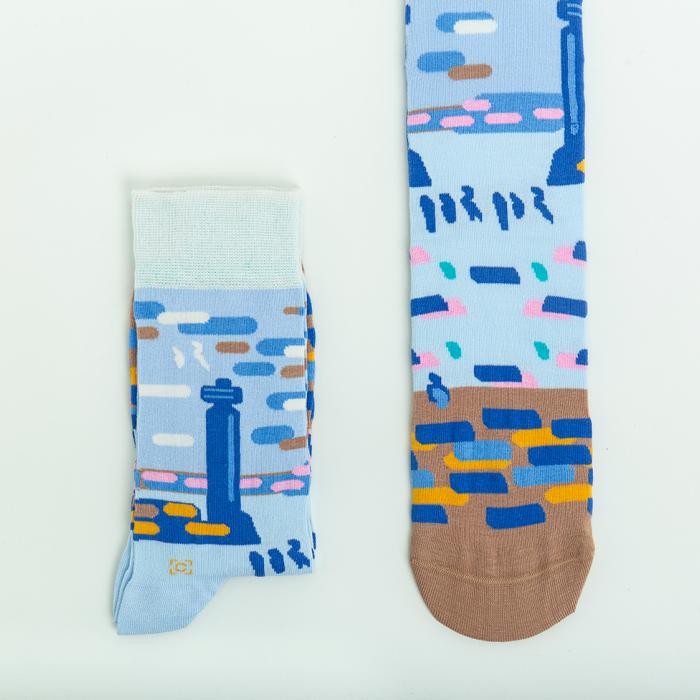How does burning fossil fuels threaten Antarctic marine life?
This experiment demonstrates the link between increasing carbon dioxide levels and ocean acidification and freshening oceans. Freshwater and more acidic water in the oceans make life harder for Antarctica’s marine animals.
The experiment and video were made by Nick Barrett. Nick is a PhD student at the University of Cambridge Earth Science Department and The British Antarctic Survey investigating the resistance of Antarctic marine species to predicted freshening and lower salinity in the Southern Ocean.
Did you know the first bees would have been flying around in the Cretaceous just as ‘Iggy’ our Iguanodon was snacking on leaves from tall trees? At the Sedgwick Museum we have two 20million year old honey bees trapped in amber. Found on Yarmouth beach in 1891.
Amy Smith studies bees Plant Sciences in Cambridge. In this activity Amy shows us how to make a bee-autiful fluffy bumble bee. You will need some card and wool.
Volcanoes form when hot molten rock (magma) under the ground erupts at the surface, but what causes the molten rock to erupt? Eruptions are often driven by gases escaping…
In this experiment you can start a chemical reaction that creates a gas, and see how the gas escaping drives an eruption.
This experiment and video was devised by the Volcano Seismology group in the Earth Science Department, University of Cambridge.
There are many different types of volcanoes. Shield volcanoes have a broad rounded shape and gentle splattery eruptions often described as fire fountains. Strato volcanoes are sharp and steep sided and have violent explosive eruptions. But what makes these two types of volcano look and erupt so differently? It is mainly controlled by how think (viscous) or runny the magma in the volcano is...
In this experiment you can use 3 different thickness (viscosity) liquids to see what differences runny or thick magma can cause in volcanoes.
The BBC Young Writers’ Award with Cambridge University is a great chance to get creative. All young people in the UK aged 14-18 are welcome to submit stories of up to 1,000 words by 22nd March. The five shortlisted young writers will have their stories narrated by an actor and recorded for a radio broadcast, and will be published in an anthology.
It is really unusual for a palaeontologist (scientist who study fossils) to find a complete skeleton with all the bones in the right place. We are more likely to find only a few bones or a jumbled up skeleton.
Putting a skeleton back to together when you know what the animal looks like can be a challenge, but imagine how hard that becomes when there are no more of those creatures alive for you look at. It is a bit like trying to put a jigsaw puzzle together when you don’t have the photo on the box as a guide.
Gravel Hunters is an educational resource that aims to encourage budding explorers of all ages to discover fossils for themselves on their doorsteps. From gardens to car parks and driveways, fossils can be unearthed in flint gravel from all sorts of environments - all you need to do is collect them.
This resource gives examples of some of the most common fossils found in flint gravel.
Just beneath the waves in shallow tropical seas you'll find a world teeming with life. It's here that we find coral reefs - colourful habitats where countless creatures live.
Unfortunately like many habitats, coral reefs are struggling with the changing climates and environments we see today. These changes lead to 'coral bleaching'.
What is 'coral bleaching'?
Animals have evolved over millions of years to live within the environment that they find themselves in. When that environment changes too quickly, they find it difficult to adapt in time to surive.
This resource comes from our bank of Look, Think, Do resources on the Fitzwilliam Museum website.
Maybe you have heard of Emperor Hadrian - who built Hadrian's wall near the Scottish/English border. But have you heard of the man he loved, Antinous? Listen to this story about how much Hadrian cared for Antinous.

